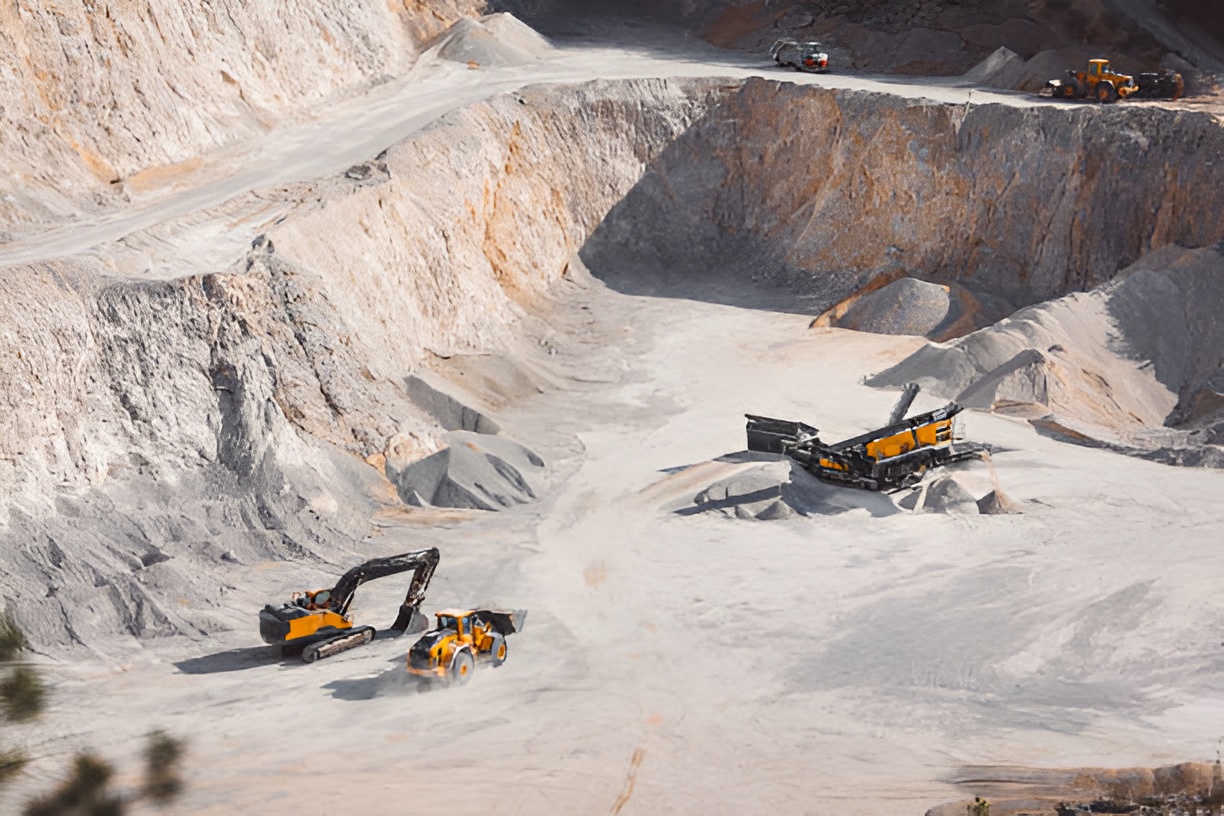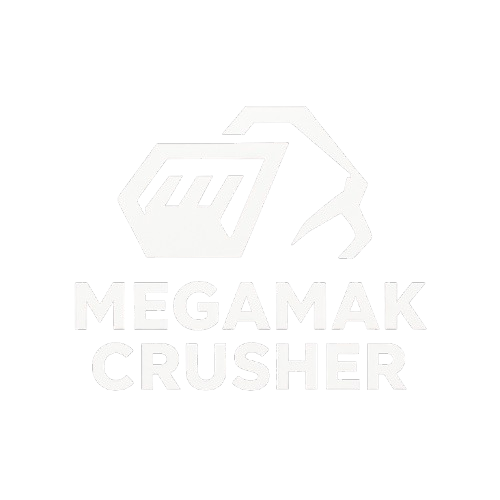
Choosing the Right Crusher for Your Application
Selecting the right crusher is essential to ensure maximum productivity and cost efficiency. Jaw crushers are ideal for primary crushing of hard materials; cone crushers excel in producing finer aggregates with high capacity; and impact crushers are perfect for soft or recycled materials requiring precise shape.
Understanding feed size, material hardness, and desired output will help you select the right machine for the job — saving energy and reducing maintenance.
Choosing the Right Crusher for Your Application
Selecting the right crusher is a critical step in any crushing or screening operation. The efficiency, productivity, and operational cost of your plant largely depend on matching the crusher type to the material characteristics, feed size, desired product, and production goals. Understanding the differences between jaw, cone, and impact crushers — as well as their specific applications — is essential for achieving optimal results.
Jaw Crushers are typically used for primary crushing of hard, abrasive materials such as granite, basalt, or iron ore. They employ a fixed and moving jaw plate to compress rocks into smaller pieces, making them ideal for reducing large blocks into manageable sizes. Jaw crushers are robust, reliable, and require minimal maintenance, making them suitable for operations where downtime is costly. However, they generally produce a coarser output, which may require secondary crushing for fine aggregate.
Cone Crushers are designed for secondary or tertiary crushing, where the goal is to produce finer and more uniform material. These machines use a rotating mantle and a fixed concave to compress and break medium to hard rocks. Cone crushers are excellent for producing cubical aggregate shapes and high-capacity throughput. They require a pre-sized feed and are best suited for operations that demand consistent output and a higher reduction ratio.
Impact Crushers differ in their mechanism, using high-speed impact rather than compression to break material. They are versatile and capable of handling softer, less abrasive rocks as well as recycled construction materials. Impact crushers are ideal when a well-shaped, fine product is required. They can accommodate variable feed sizes, including material with debris or minor contaminants, but wear parts require more frequent replacement compared to jaw or cone crushers.
When choosing a crusher, consider several key factors:
Material Hardness and Abrasiveness: Harder, more abrasive materials require more robust crushers like jaw or cone units, while softer materials may be effectively processed with impact crushers.
Feed Size: The maximum size of the material entering the crusher determines the type of machine you can use. Jaw crushers handle the largest feed sizes, while cone and impact crushers require pre-sized material.
Desired Product Size: If the operation requires fine aggregates, cone or impact crushers may be preferable for secondary and tertiary stages.
Capacity Requirements: Evaluate the tonnage per hour you need to achieve; different crushers are optimized for varying production rates.
Mobility Needs: Mobile crushers offer flexibility to move directly to the site of material extraction, reducing hauling costs and setup time. Stationary units are better for long-term, high-volume operations.
In conclusion, properly matching your crusher to the application improves efficiency, reduces wear, and ensures consistent product quality. A thoughtful selection considers not only the type of crusher but also the material characteristics, production targets, and operational conditions — ultimately leading to a more cost-effective and reliable crushing operation

